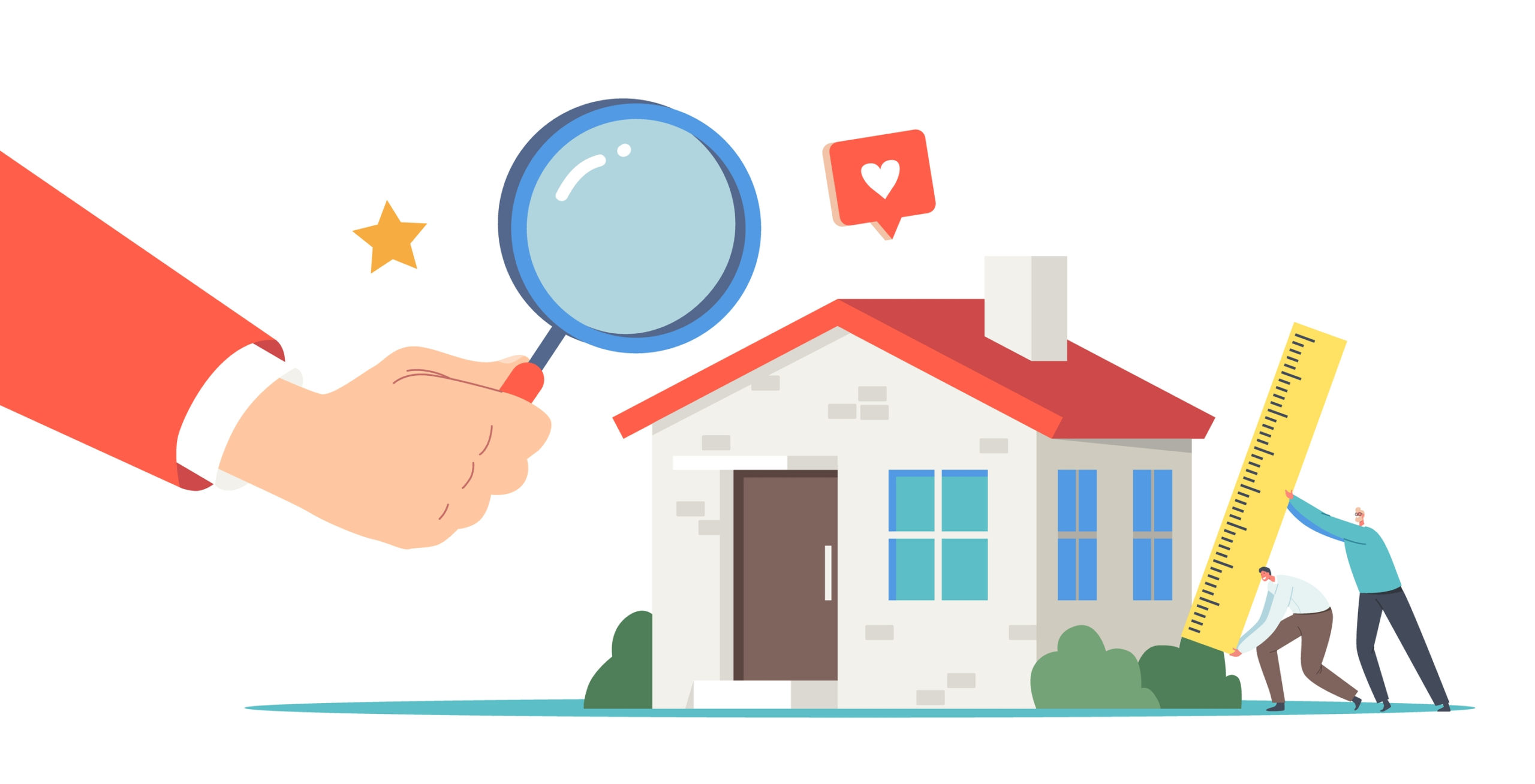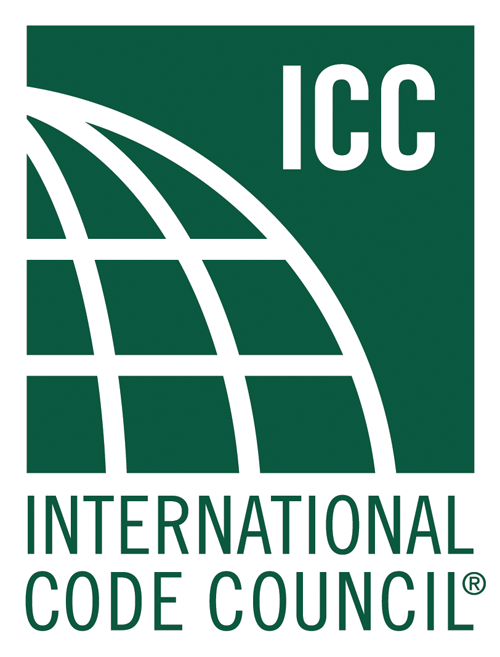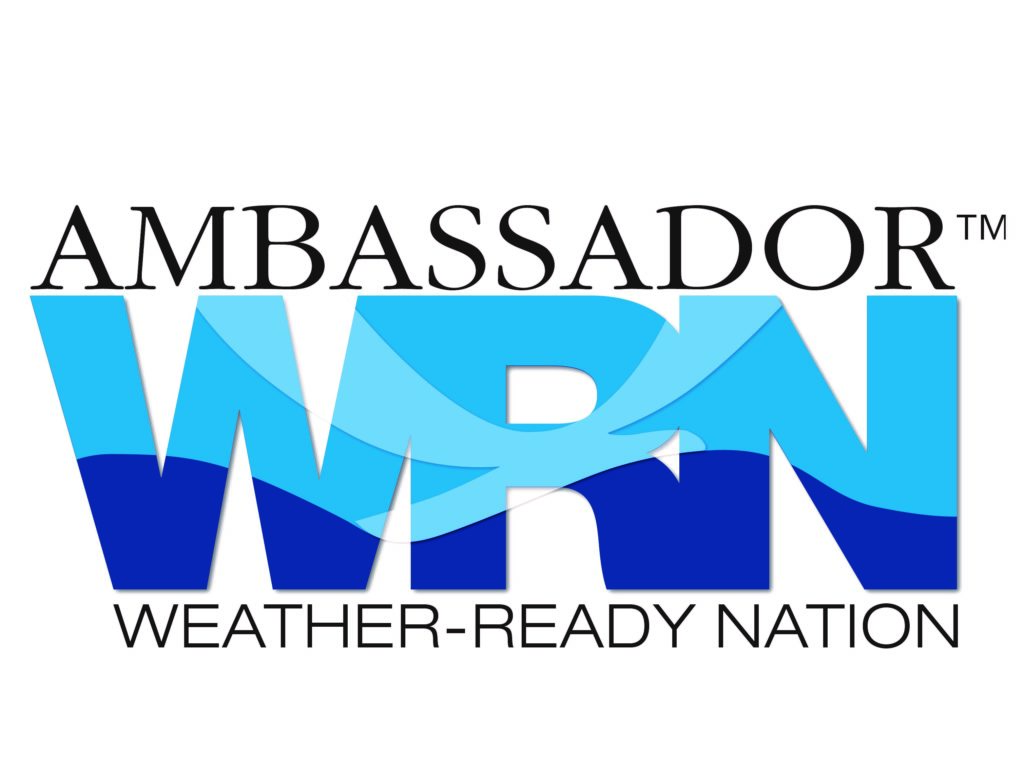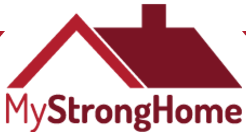
Home ownership comes with its own set of highs and lows, especially when it comes to the upkeep and protection of your property.
One of the most important considerations for coastal properties, is to determine if your home is protected from wind; as hurricanes, tornadoes and severe storms are an often-unpredictable regional norm.
When wind speeds increase, the threat of debris penetrating your home and causing damage significantly increases as well. This leaves many homeowners questioning the resiliency of their property and asking what they can do to deter damage.
One way is by having a wind mitigation inspection conducted by a qualified licensed professional.
Please Note: Homeowner’s can not conduct their own wind mitigation inspections. Additionally, a Wind Mitigation cannot be used to certify any product or construction feature as offering protection from hurricanes.
What is mitigation?
Merriam-Webster defines mitigation as the process or result of making something less severe, dangerous, painful, harsh, or damaging. In relation to your property, a mitigation/wind mitigation is a type of inspection that looks at a buildings constructional elements and design to determine the level of protection that you have against the elements, specifically wind.
Wind Mitigations are typically required by insurance carriers in the state of Florida and identify key components of your home, designed to make it more resistance wind damage.
This inspection type looks at the age of your home, it’s roof (age, attachment, and shape), the opening protection (the protection for your homes windows, doors—including garage doors, &skylights) & its water resistance.
The Benefits
A Wind Mitigation can identify wind resistant features that may offer immediate credits and may reduce damage, as well as opportunities for improvements.
Did you know that insurance incentives are correlated to your homes’ wind resistant features?
Listed below are the potential savings by state for wind mitigations in our service areas:
|
State |
Available Savings | Additional incentives |
|
|
Fortified Roof and Fortified Home discounts between 20% to 55% off the wind portion of a home insurance policy |
Strengthen Alabama Homes Grant: Offers homeowners up to $10,000 to upgrade the home to the Fortified standard.
Voluntary Retrofit tax deduction: Deduct up to $3,000 or 50% of the cost of mitigating your home to reduce wind or flood damage — whichever is less — off the homeowner’s state taxes. Catastrophe savings account: Any money deposited into an account labeled as catastrophe savings can be deducted from the homeowner’s gross income each year |
| Mississippi | Fortified Roof and Fortified Home discounts of 12% to 55% off the wind portion of home insurance policy | Free Fortified Roof endorsement: Eligible homeowners with Mississippi Windstorm Underwriting Association (MWUA) policies can upgrade to a Fortified Roof for free when 50% of their roof is damaged in a covered claim.
Catastrophe savings account: Any money deposited into an account labeled as catastrophe savings can be deducted from the homeowners’ gross income each year |
|
Florida |
Fortified Roof, Fortified Home, and other savings for the installation of fixtures or using construction techniques to reduce windstorm damage |
My Safe Florida Home Program:
Offers homeowners of any primary residential , site-built, single-family FL property eligibility to make application for a wind mitigation home inspection. All inspections will be provided to eligible homeowners free of charge by the State. Applications will be reviewed and approved in the order in which they are received until current funding is exhausted. FL homeowners may be eligible for wind mitigation grant awards for home construction for up to $10,000 for home mitigation cost. The program provides $2 in grant funds for every $1 the homeowner provides up to $10,000. Hurricane Loss Mitigation Grant: Offers grants for retrofits, inspections, and construction to fortify a home against flooding and hurricane-force winds. The Florida Wind Insurance Savings Calculator can be used to estimate eligible savings from various home features, upgrades and other mitigation measures. Florida Property Assessed Clean Energy (PACE) Program: Offers financing for up to 100% of the costs to fortify a home against wind damage — payments are added to the homeowner’s property tax bill each year for an agreed-upon term |
| Louisiana | Fortified Roof & Fortified Home discounts between 20% – 52% off the wind portion of home insurance policy | Voluntary Retrofit tax deduction: Deduct up to 50% (not exceeding $5000) of the cost of mitigating the home to reduce wind or flood damage — whichever is less — off state taxes.
Louisiana Citizens Property Insurance rebate: Homeowners may receive a refundable income tax credit if they paid the LA Citizens assessments in addition to their home insurance premium |
| South Carolina | Fortified Roof & Fortified Home discounts of 10% – 35% off the wind portion of home insurance policy
Other mitigation discounts of up to 25% for storm-resistant home improvements |
South Carolina Safe Home Grant Program: Offers up to $5,000 to help fortify a home against wind and storm damage.
SC Fortification tax credit: Deduct up to $1,000 or 25% of the cost of making the home more hurricane-resistant off state taxes, or up to $1,500 if the home was purchased with the intent of fortifying it. According to a 2016 survey, there are 17 insurers providing FORTIFIED discounts in SC. Insurance premium tax credit: A tax credit of up to $1,250 on state income taxes if the homeowner pays more than 5% of their income toward insurance coverage on their primary residence. Catastrophe savings account: Any money deposited into an account labeled as catastrophe savings can be deducted from the homeowners’ gross income each year |
|
Texas |
Fortified Roof, Fortified Home, and other potential discounts for opening protection, wind-resistant construction, and secondary water barriers to reduce windstorm damage through the Texas Windstorm Insurance Association (TWIA) & other insurance companies |
Homeowner Assistance Program: Helps homeowners affected by Hurricane Harvey repair, reconstruct, improve, or elevate their home, along with temporary relocation until the work is complete |
Sources: Policygenius & IBHS
What you can do to prepare
There are several steps that you can take to ensure that your home is safeguarded from severe wind and water, but it all begins with your roof.
Confirm that your roof is built to the highest available standards, as wind tends to lift roof coverings and causing them to rip away from the home leading to catastrophic damage.
If your roof is aging or shows any visible signs that it may need replacement, please contact a licensed professional as soon as possible.
If you need to know, what signs should you look for when it comes to your roof, we’ve composed an article titled Is it Time to Reroof? 12 Signs That a Replacement May be in Your Future to assist you.
How Long is a Wind Mitigation Valid?
Wind mitigations are valid for five (5) years from the inspection date so long as there have been no changes to the structure of your home.
Should you make any alterations to your property, you will need to have another mitigation to ensure that the modifications are continuing to keep your home resistant to damaging winds.
Summary
As seen in the table above, by ensuring that your home is built to the FORITIFIED™ standards not only are you are mitigating it against severe weather, but you’re also saving money and keeping your family safe.
If you have any questions about what the FORTIFIED program, please visit the Insurance Institute for Business & Home Safety (IBHS) and read our article What is This …and Other Questions About the FORTIFIED™ Program?
If you need to schedule a wind mitigation, please contact us at 888-9654-8776 ext. 2.








